Introduction
The Kurdistan Region of Iraq (KRI) has been witnessing a rapid transformation in the use of artificial intelligence (AI) technologies for security, administration, and public service. This article details the journey of implementing AI-based systems such as Optical Character Recognition (OCR), Object Detection, Face Recognition, and Automatic License Plate Recognition (ALPR) across various governmental platforms. The emphasis is on how these systems were deployed in the Kurdistan Notary System (KNS), Kurdistan Security System (KSS), and Kurdistan Surveillance Cameras (KSC).
Historical Foundations of AI
The evolution of AI technologies traces back to the conceptualization of the artificial neuron by McCulloch and Pitts in 1943. In 1957, Frank Rosenblatt introduced the Perceptron, the first artificial neural network. Over the decades, limitations such as high training time and convergence issues demanded more advanced hardware—ushering in the era of the GPU, starting with Nvidia’s GeForce 256 in 1999.
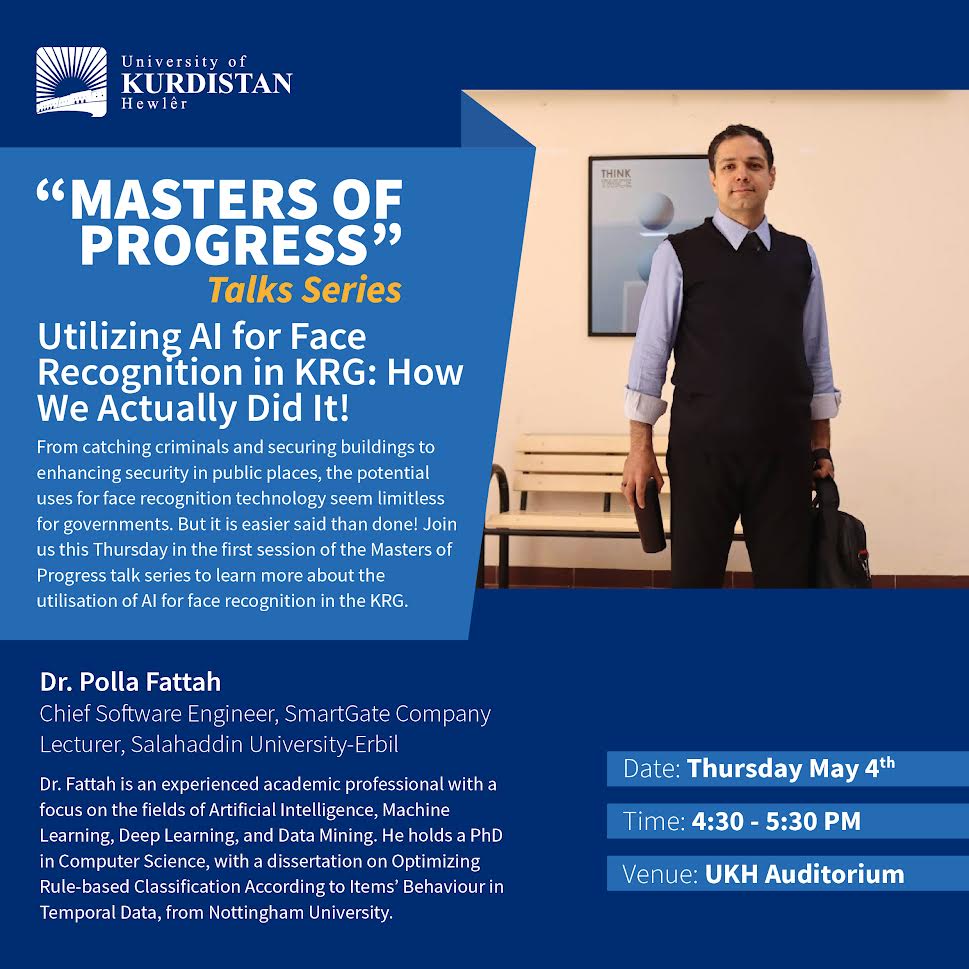
University of Kurdistan Hewlêr AI Talk Flyer
The internet’s growth—from ARPANET (1969) to the IoT era—created a data-rich environment. By 2020, the total global data volume reached 44 zettabytes, fueling breakthroughs in deep learning, including AlexNet, which demonstrated the power of GPU acceleration in large-scale neural networks.
AI in Action: Implementations in Kurdistan
Kurdistan Notary System (KNS)
The KNS operates in 65 offices across the region, processing thousands of visitors daily. Each large office holds nearly a quarter of a million records, creating a huge administrative burden. Data entry efficiency became a priority, leading to the adoption of Tesseract OCR to digitize and extract text from scanned documents.
Tesseract OCR Features:
- Preprocessing to improve recognition accuracy
- Layout analysis for paragraphs, columns, and structures
- Character recognition via LSTM-based neural networks
- Postprocessing for spell-check and error correction
Training the OCR system for Kurdish script was a major step in reducing data entry time and improving operational efficiency.
Face Recognition Technology
Face recognition in Kurdistan leverages advanced models:
- FaceNet (Google, 2015)
- VGGFace & VGGFace2 (University of Oxford)
- ArcFace (Chinese Academy of Sciences)
- DeepFace (Facebook AI)
Using the face_recognition library by Adam Geitgey, the process involves:
- Face Detection via HOG or CNN
- Landmark Detection (68 points)
- Face Alignment
- Feature Encoding (128-dimensional embedding)
- Recognition & Matching via Euclidean distance
Deployment is server-based, allowing client applications to send image data to an API for real-time identification.
Kurdistan Security System (KSS)
Responsible for issuing residency permits and managing border security, the KSS integrates OCR and face detection. One challenge was Kurdish character set incompatibility between different systems, complicating data exchange. The system also maintains a blacklist database to prevent entry of certain individuals.
Kurdistan Surveillance Cameras (KSC)
KSC handles object tracking, face detection, and license plate recognition. It uses YOLO (You Only Look Once) for real-time object detection and the ALPR-Unconstrained system by Sergio Montazzolli for automatic license plate recognition.
ALPR Process:
- Vehicle detection (YOLOv2)
- License plate detection (YOLOv2 trained for plates)
- OCR-based character recognition
- Post-processing for accuracy
System Requirements:
- CPU: Intel i7/i9 (8+ cores, ≥3.5 GHz)
- GPU: NVIDIA GTX/RTX or AMD Radeon RX (≥8 GB VRAM)
- Storage: ~1.8 TB per camera per month at 1080p/30fps
Event Photos from AI Presentation
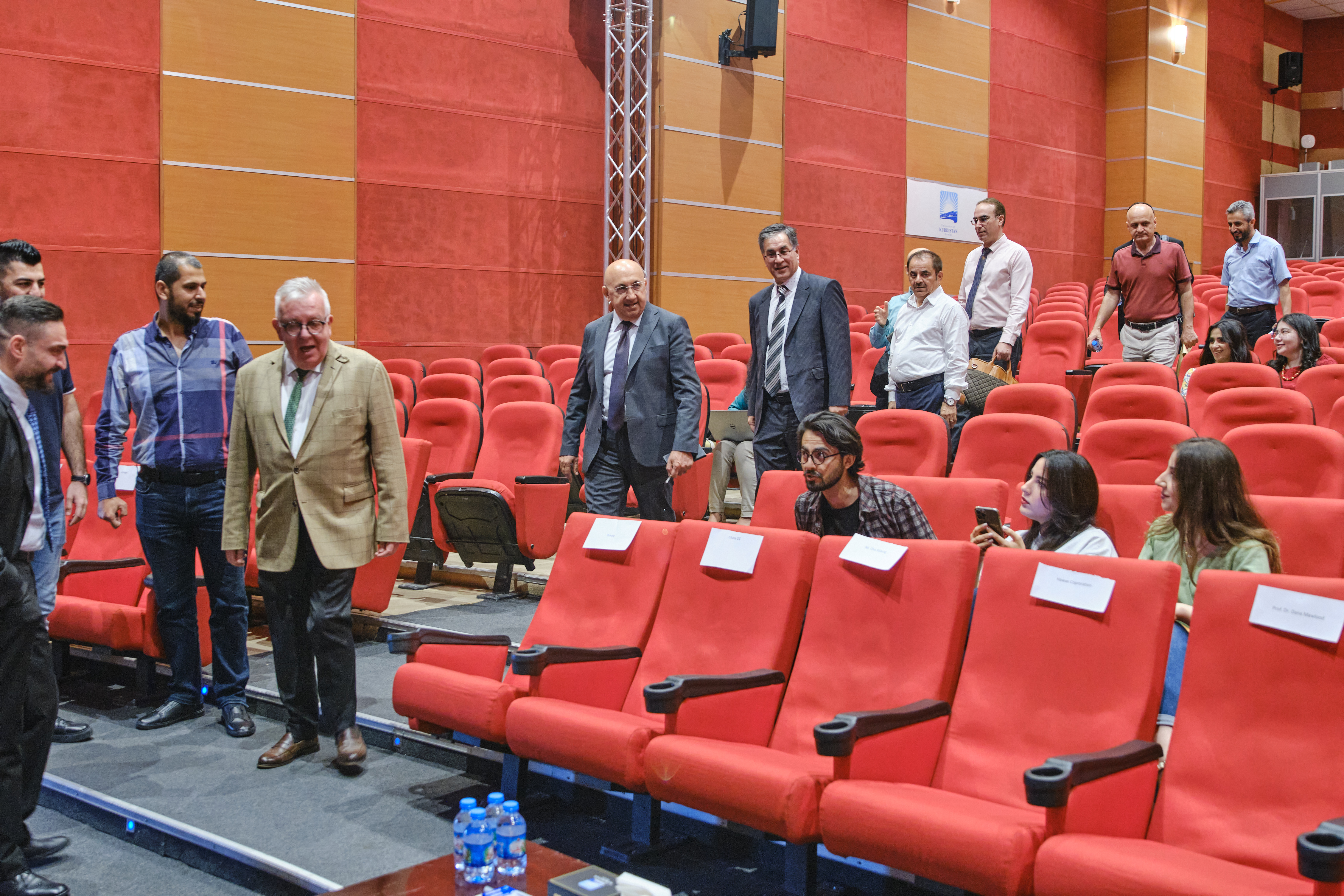
AI Presentation Opening
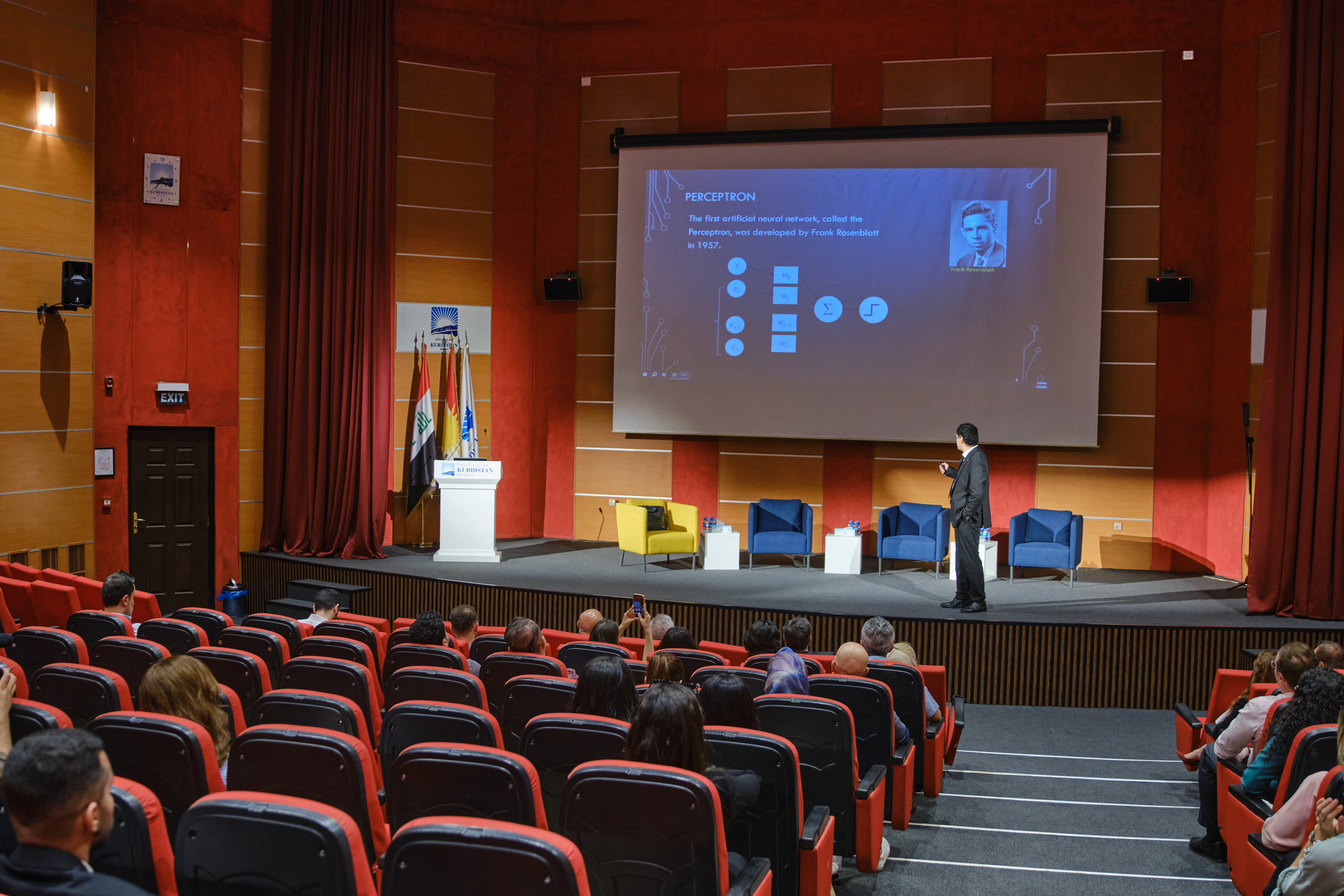
Technical Discussion

Audience Engagement
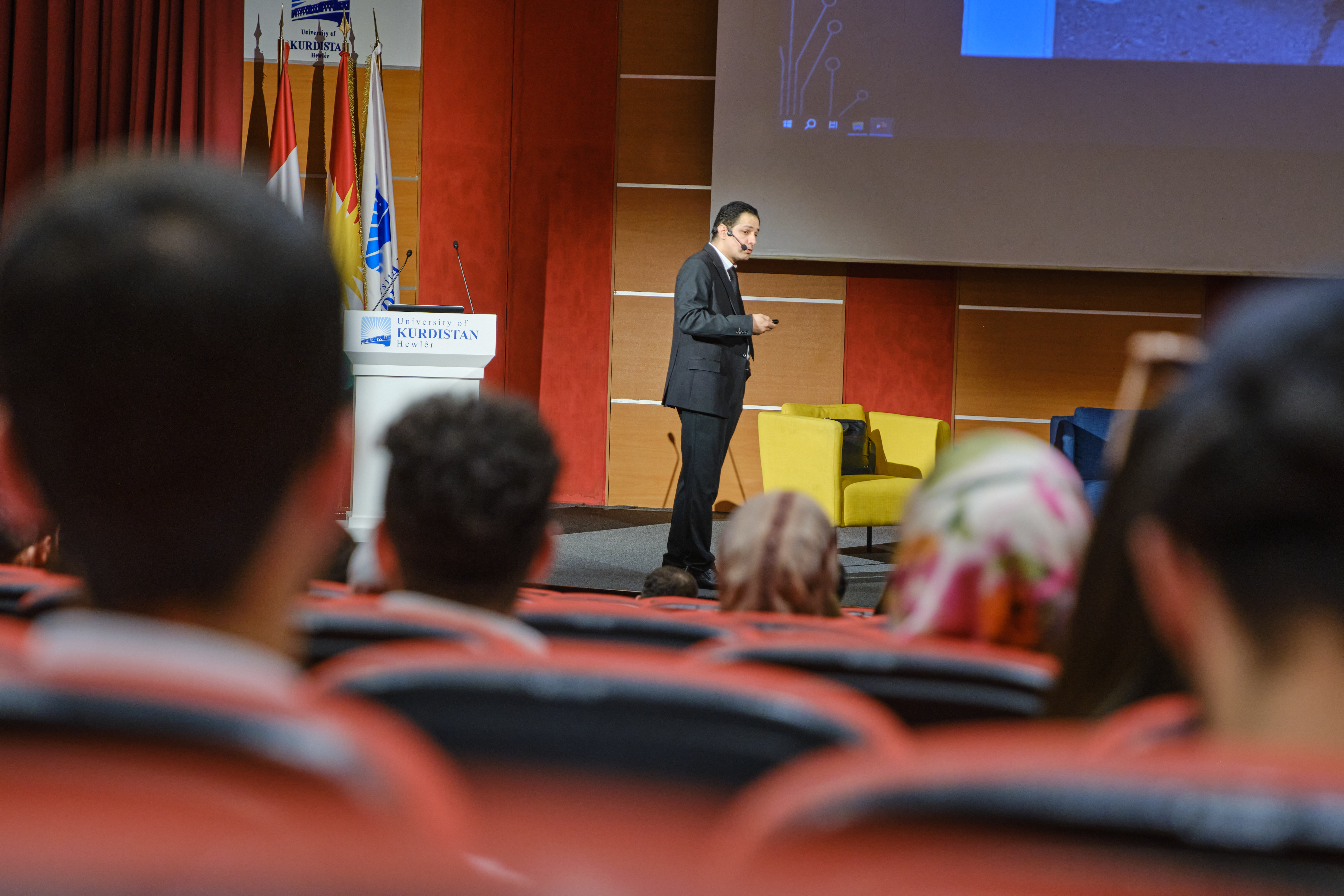
Face Recognition Demo
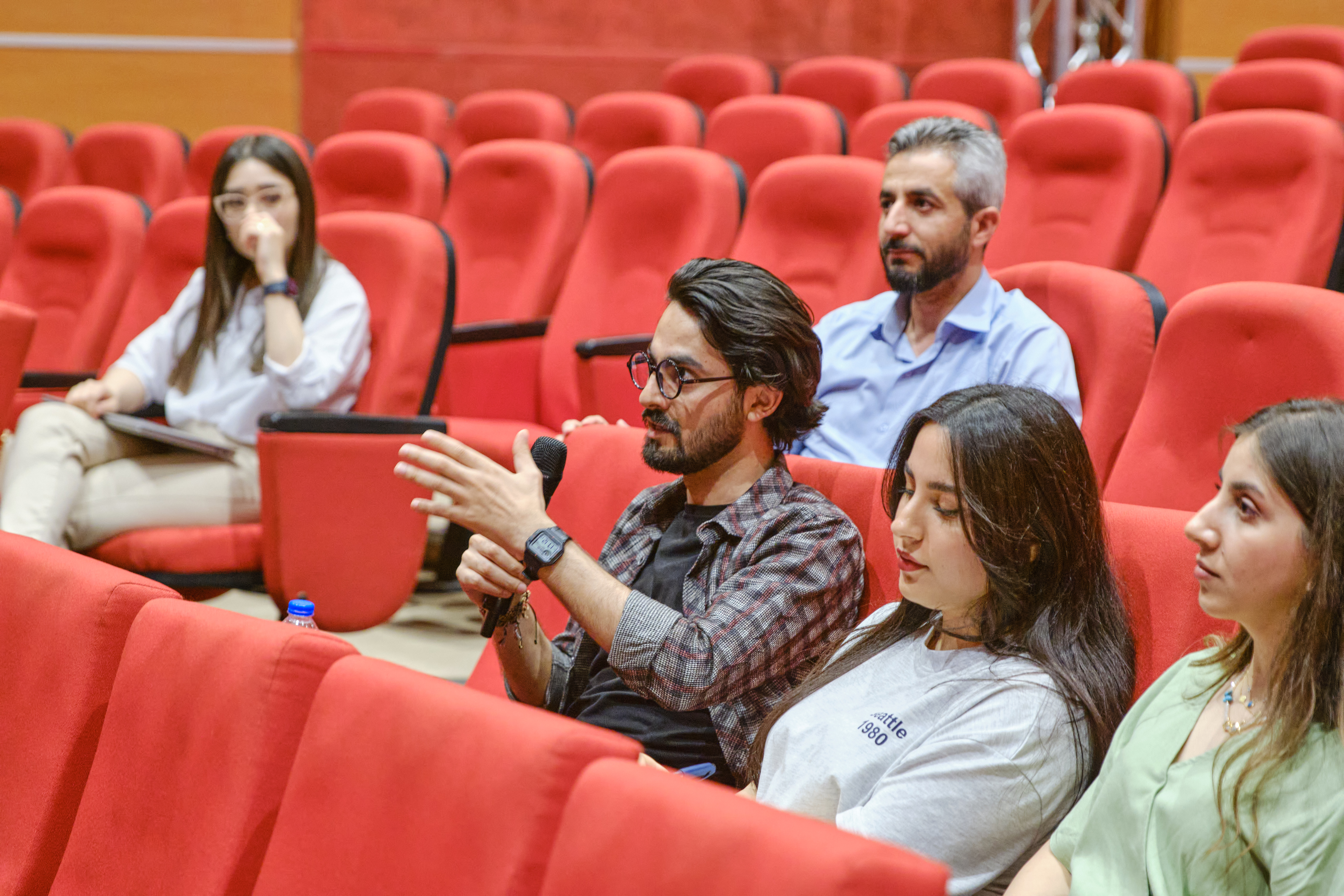
Q&A Session
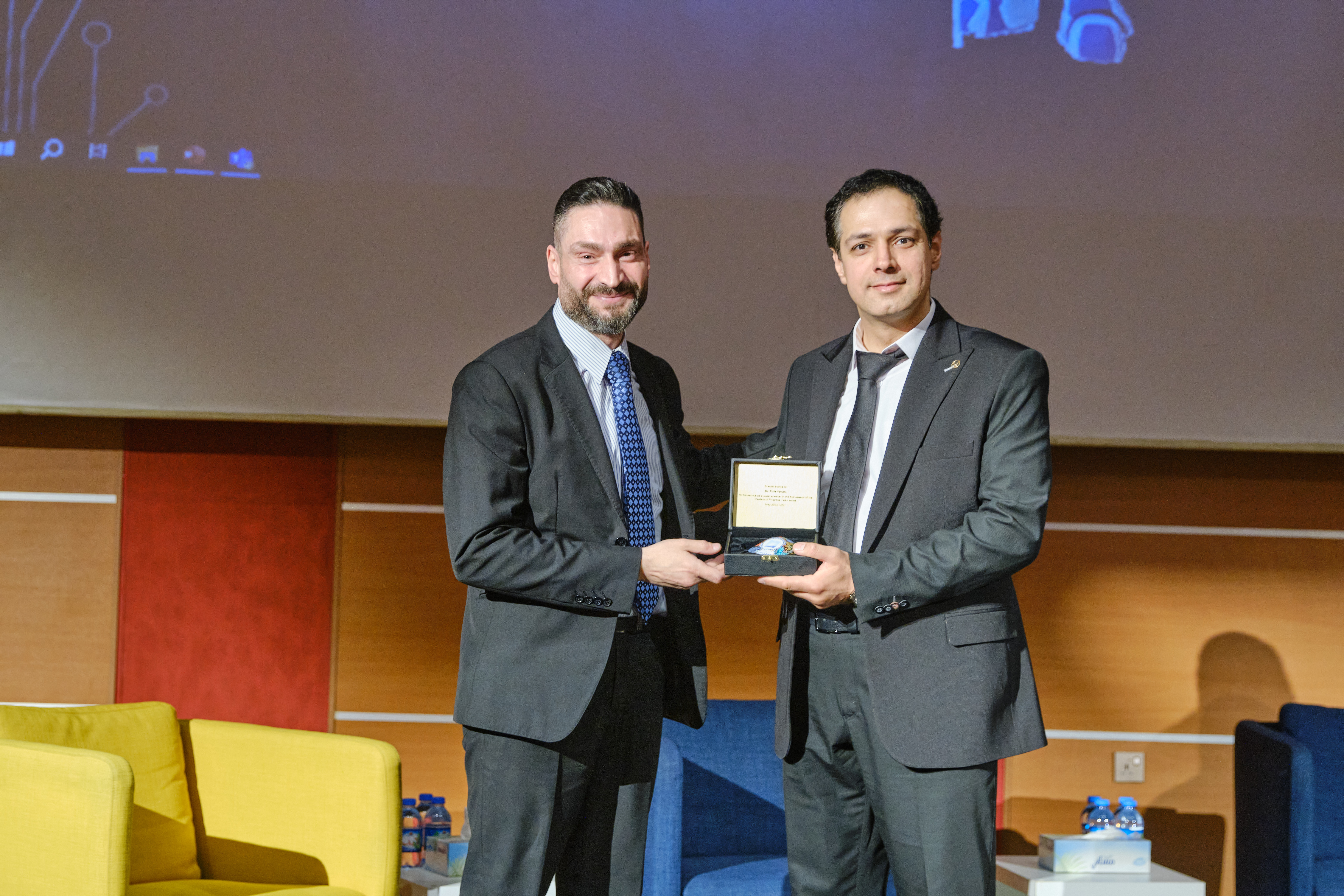
Technology Showcase
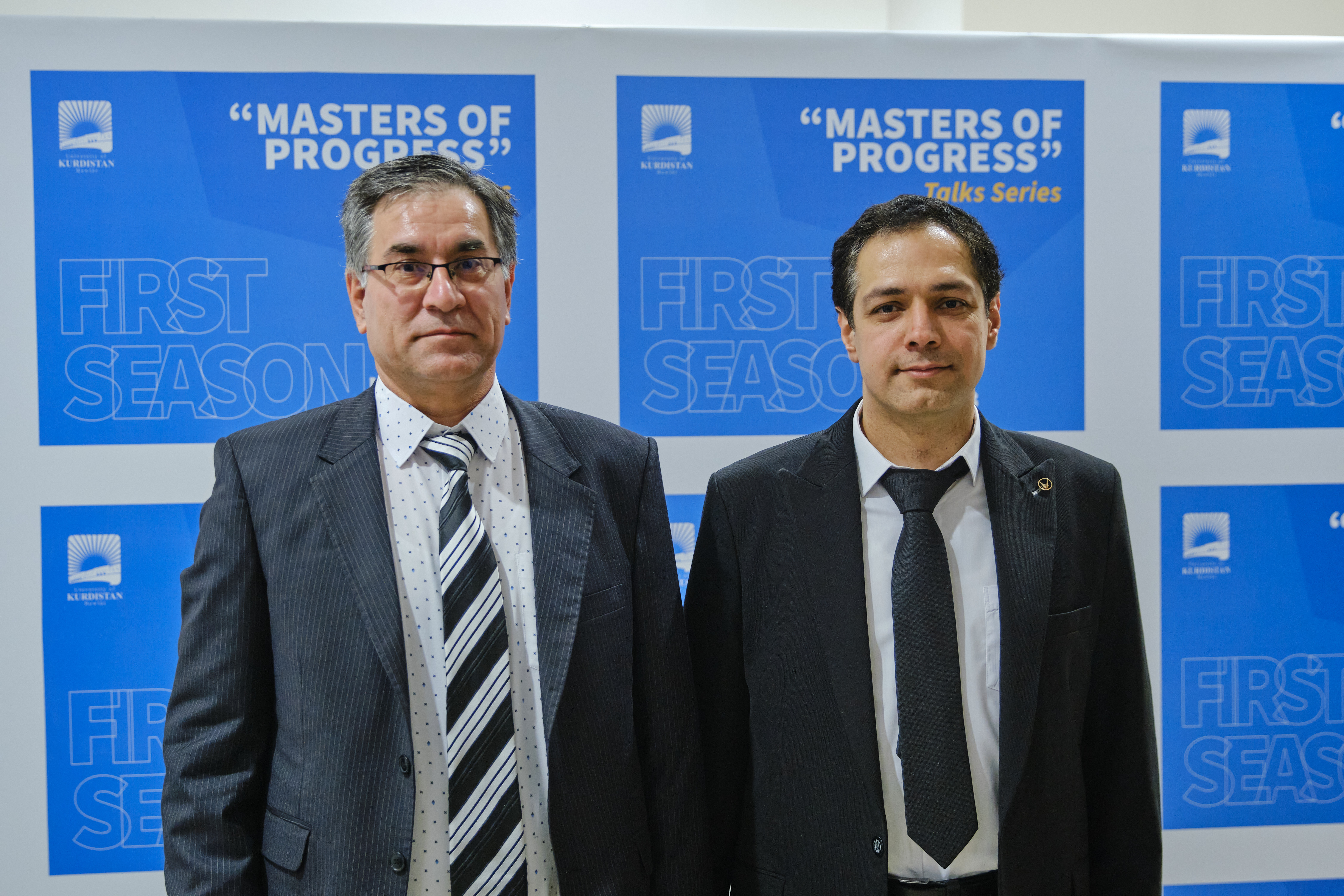
Implementation Details
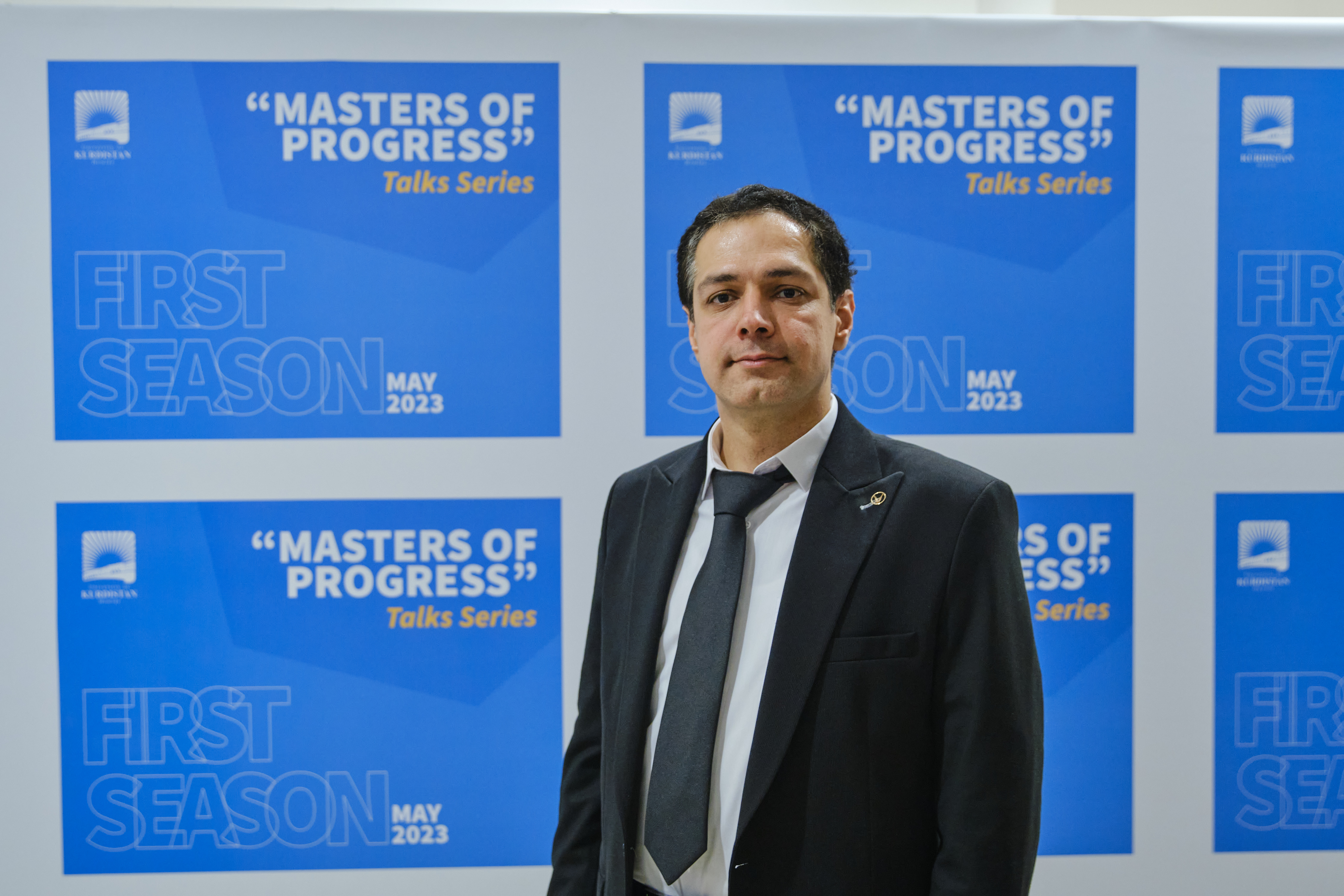
System Architecture
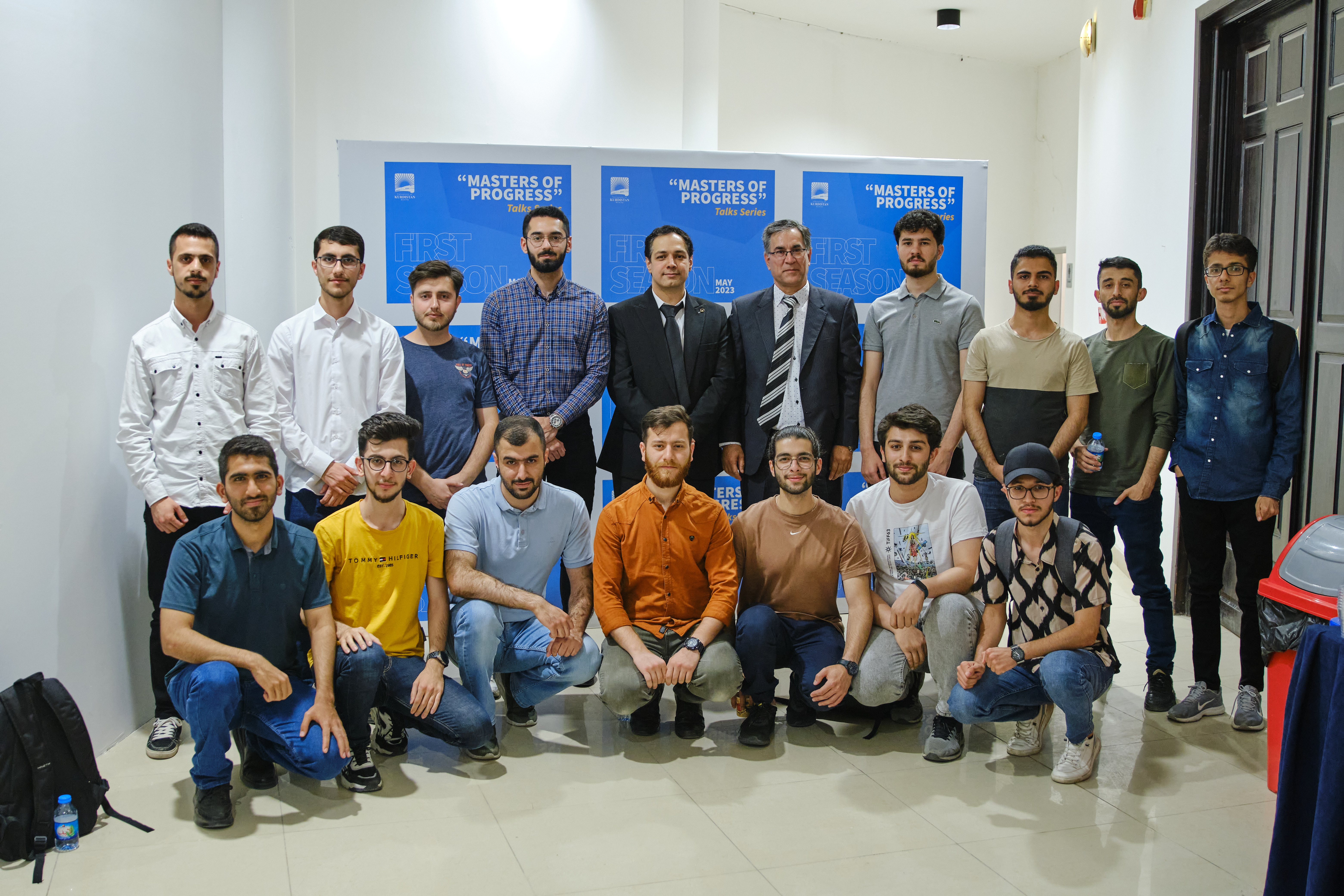
Presentation Conclusion
Challenges and Lessons Learned
Implementing AI in localized contexts such as KRI required:
- Adapting AI models for Kurdish language scripts
- Overcoming data interoperability issues between government systems
- Managing storage and computational needs for high-resolution video analytics
The Road Ahead
We are entering a future where automation and AI will play a central role in governance and security. There is a critical shortage of AI engineers and data scientists, especially for solving localized and language-specific challenges. This creates immense opportunities for youth in the region to specialize in AI, machine learning, and data science.
Conclusion
The implementation of AI for face recognition and related technologies in Kurdistan demonstrates the transformative potential of AI when aligned with local needs. From improving administrative efficiency to enhancing public safety, these systems represent a significant leap toward a tech-enabled future for the Kurdistan Region.
The successful deployment of OCR systems in the Kurdistan Notary System, face recognition technology across security platforms, and advanced surveillance capabilities through the Kurdistan Surveillance Cameras project showcases the region’s capability to adapt cutting-edge AI technologies to local requirements. These implementations have not only improved operational efficiency but also established Kurdistan as a pioneer in AI adoption within the Middle East.
As we move forward, the critical need for skilled AI professionals presents both a challenge and an opportunity. The region’s youth have the potential to become leaders in AI development, particularly in addressing language-specific and culturally relevant technological challenges. This creates a unique opportunity for Kurdistan to develop its own AI expertise while contributing to the global AI community.
The journey from concept to reality in AI implementation requires continuous learning, adaptation, and innovation. Kurdistan’s experience serves as a valuable case study for other regions looking to implement AI technologies in governmental and security applications.
Download Presentation
For a detailed overview of AI applications in face recognition technology within the Kurdistan Region, you can download the complete presentation: